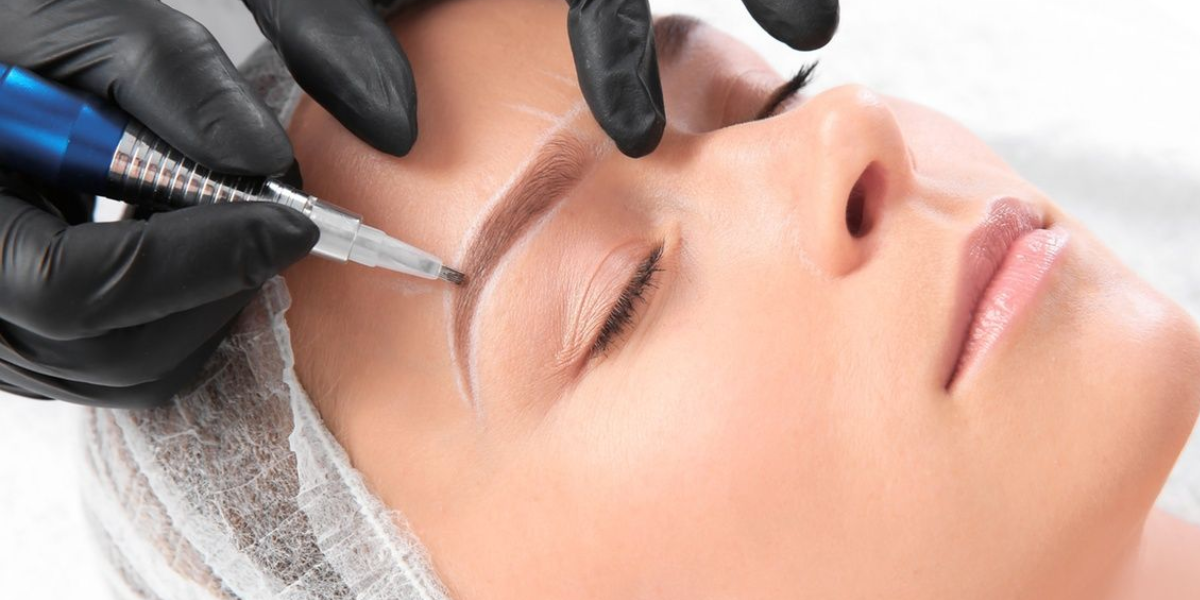In recent years, micro pigmentation has gained popularity as a technique offering a range of cosmetic benefits. Also known as cosmetic tattooing or permanent makeup, micro pigmentation involves the application of pigments into the skin’s dermal layer. This procedure is used to enhance facial features, correct imperfections, and even simulate hair growth in areas like the eyebrows and scalp.
What is Micro Pigmentation?
Micropigmentation is a form of cosmetic tattooing that utilizes specialized equipment and pigments to implant color into the skin. Micropigmentation, in contrast to traditional tattooing that reaches deeper layers of the skin, focuses specifically on the epidermis and upper dermis. This technique allows for semi-permanent or permanent results depending on the depth of pigment penetration and the type of pigments used.
How Does Micro Pigmentation Work?
The process of micropigmentation begins with a consultation where the client discusses their desired outcome with a trained professional. This consultation helps determine the appropriate pigment color, placement, and technique tailored to the individual’s features and skin type.
During the procedure, the technician uses a handheld device equipped with fine needles to deposit pigments into the skin. These needles create tiny punctures that allow the pigment to settle into the upper layers of the dermis. The intensity and longevity of the results are influenced by how deeply the pigment is placed and the frequency of needle punctures.
Applications of Micro Pigmentation
Micropigmentation offers a variety of applications across different areas of cosmetic enhancement:
- Eyebrows: Enhancing the shape of eyebrows, filling in any areas with sparse hair, and achieving a more pronounced arch.
- Eyeliner: Defining the eyes by adding pigment along the lash line to create the appearance of thicker lashes or a more pronounced eye shape.
- Lips: Adding color and definition to the lips, correcting asymmetry, and enhancing lip shape.
- Scalp: Simulating the appearance of hair follicles to create the illusion of a fuller head of hair for individuals experiencing hair loss or thinning.
Science Behind Micro Pigmentation
The effectiveness of micro pigmentation lies in the careful selection of pigments and the precision of application. Contemporary pigments are designed to ensure they are hypoallergenic and safe for application onto the skin. They are also designed to mimic natural skin tones and integrate seamlessly with the client’s complexion.
The longevity of micropigmentation results varies depending on several factors, including skin type, sun exposure, and lifestyle. While some clients may require touch-ups every few years to maintain optimal results, others enjoy semi-permanent outcomes that require minimal maintenance.
Benefits of Micro Pigmentation
Micropigmentation offers numerous benefits that appeal to individuals seeking long-lasting cosmetic enhancements:
- Time-saving: Saves time by eliminating the necessity for daily makeup application, reducing both time and effort.
- Confidence Boost: Enhances facial features and corrects imperfections, boosting self-esteem and confidence.
- Natural Appearance: Results in a natural-looking enhancement that complements the client’s facial features.
- Versatility: Suitable for both men and women looking to enhance eyebrows, eyes, lips, and scalp appearance.
Summary
IICAD Academy in Mumbai is at the forefront of offering advanced courses in micro pigmentation. IICAD, situated in Mumbai, is renowned as the premier cosmetology institute in the city, focusing on training professionals in the intricate field of micro pigmentation. Students at IICAD benefit from state-of-the-art facilities and expert guidance, ensuring they are equipped with the skills and knowledge to excel in the field of cosmetic tattooing.

